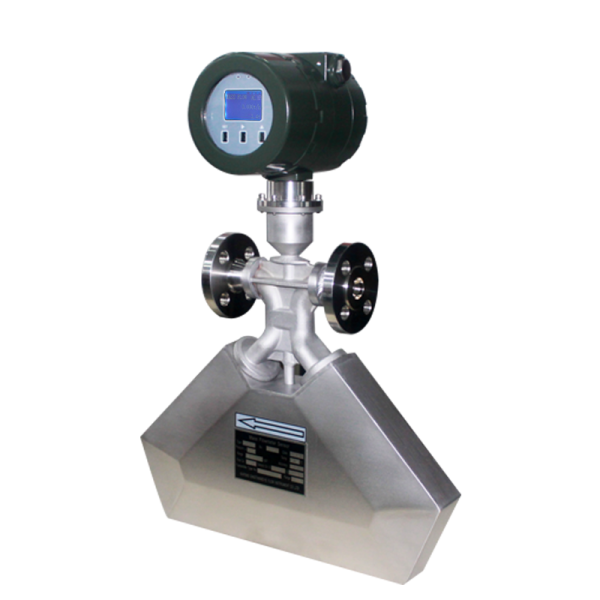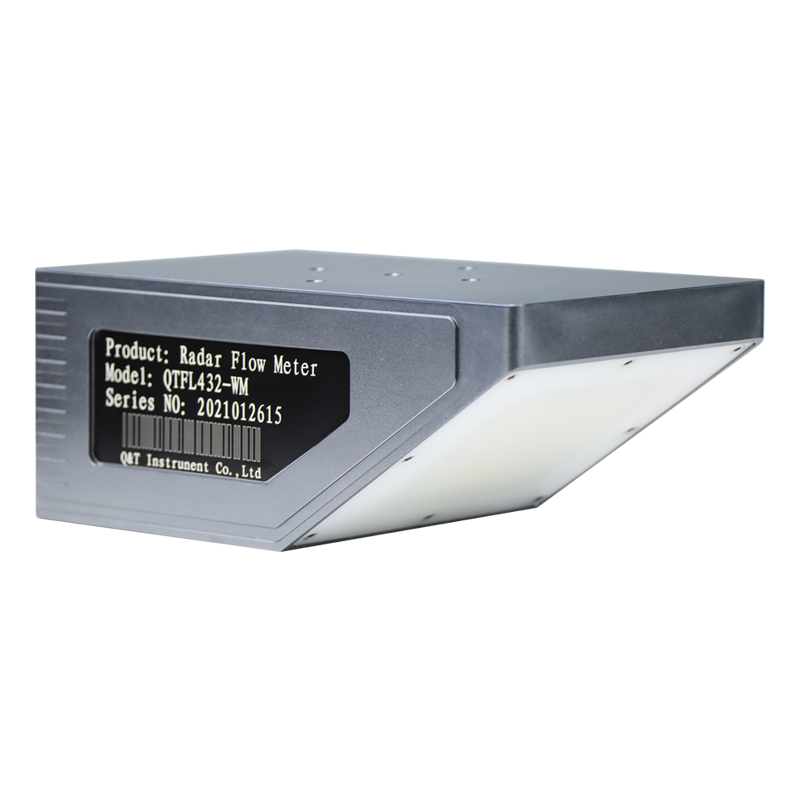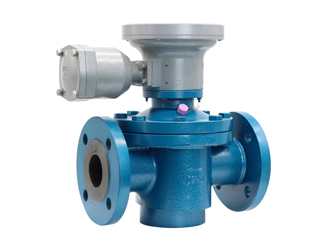How to Use an Electromagnetic Flow Meter Effectively?
2015-04-28
An electromagnetic flow meter is a powerful instrument, and in many ways it’s pretty fool-proof, but there are a number of steps you can take to make sure you obtain the best possible results.
For example, although an electromagnetic flow meter is less demanding than many other flow meters in terms of needing a straight run of pipeline, it is wise to give it as much of a straight run as you can.
A fully developed flow profile makes life easier for the ‘magmeter’, and one way of achieving this is to mount it on a vertical section of the pipeline.
When selecting the size of your electromagnetic flow meter, go for one that’s designed for a flow rate of something like 60 per cent of the maximum flow rate of the pipe size used. Electromagnetic flow meters are very versatile in terms of the range of flow rates under which they can operate, but if the flow is always at the lower end of that range you may end up with problems due to accumulation of solids.
Electrical grounding is essential to the operation of an electromagnetic flow meter, so please follow the manufacturer’s instructions very carefully when installing it. The meter’s pipe section needs to be non-conductive and the induced voltage processing electronics need to be carefully positioned to avoid interference.
You should also take careful note of the manufacturer’s advice on the temperature and pressure ranges to which the flow meter may be exposed. Exposure to a vacuum can be a particular problem for some types of liner and can result in the lining being drawn out of the meter. For some lining materials, the ability to withstand pressure diminishes with increasing temperature.
share:
Pre:Does a low signal effect accuracy?
Next:Do you even need a flowmeter?



.jpg)
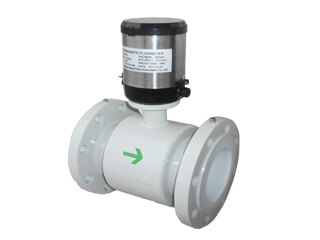
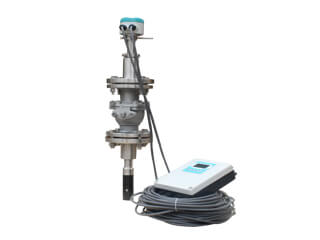
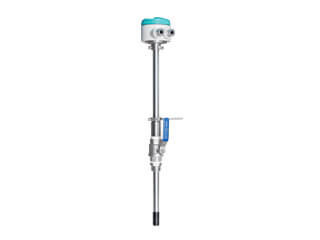
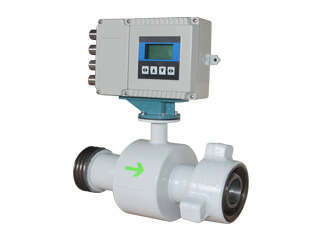
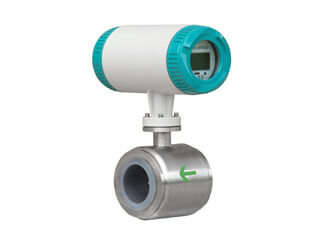
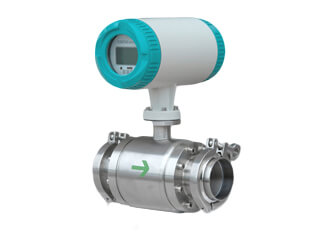
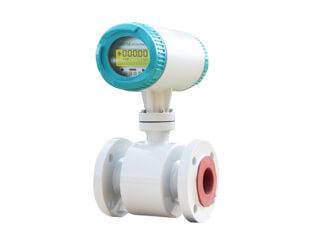
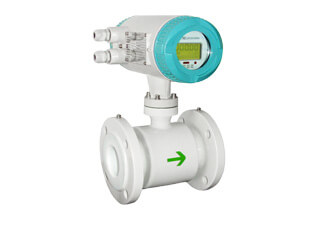
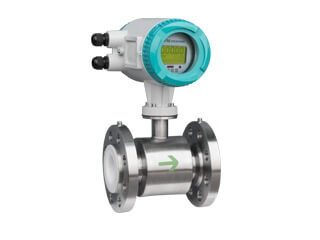
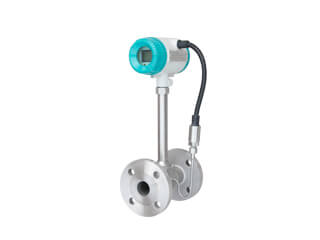
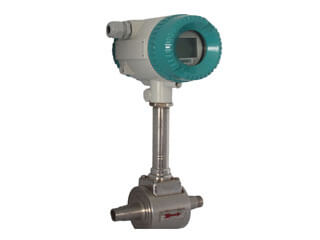
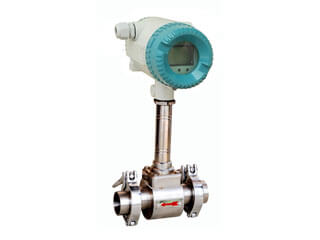
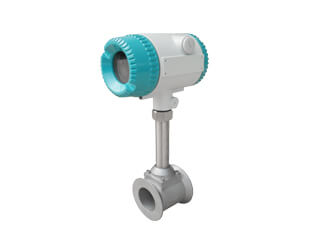
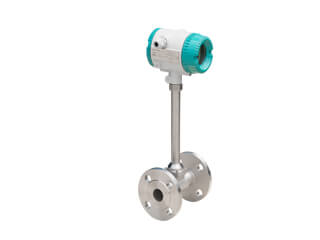
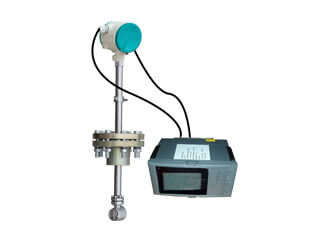
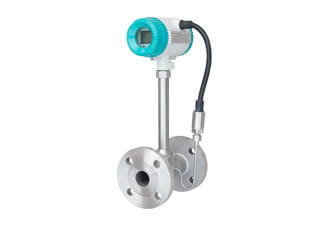
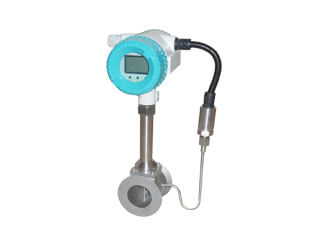
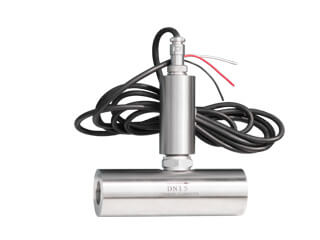
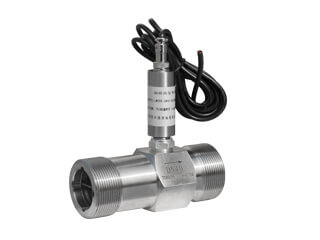
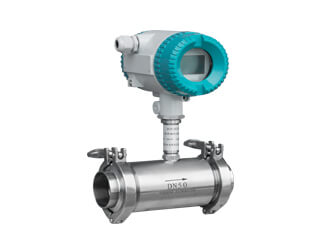
.jpg)
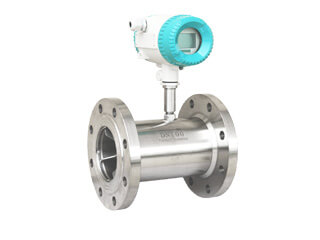
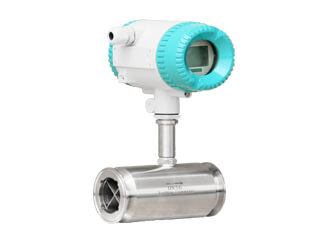
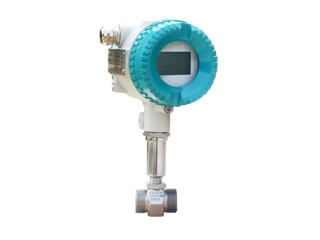
.jpg)
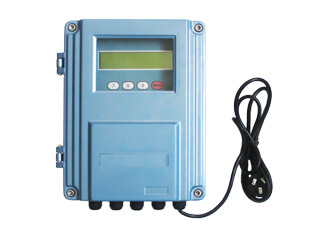
.jpg)
.jpg)
.jpg)
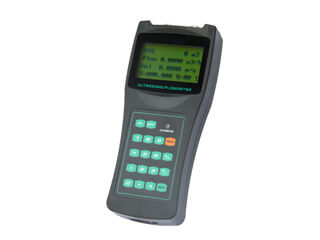
.jpg)
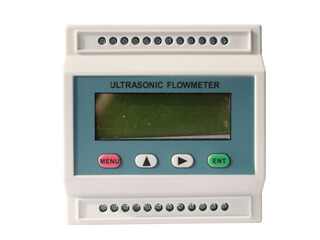
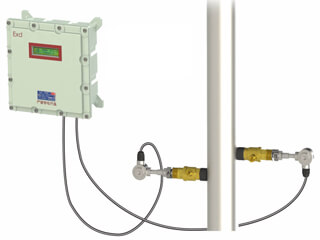
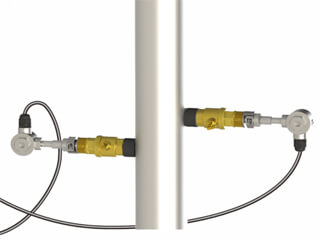
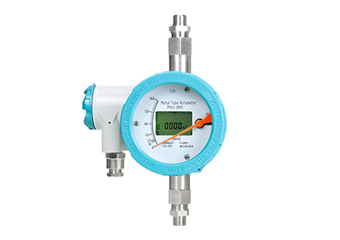
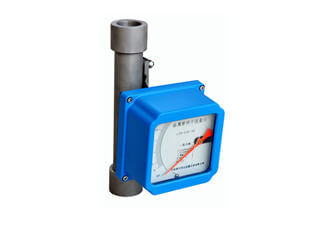
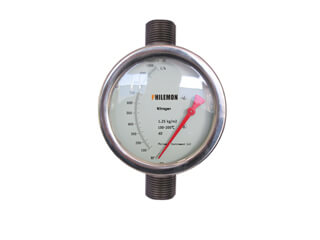
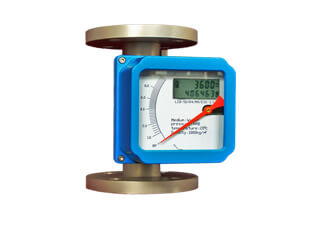
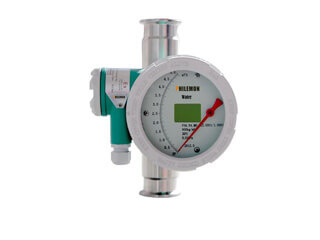
.jpg)
.jpg)
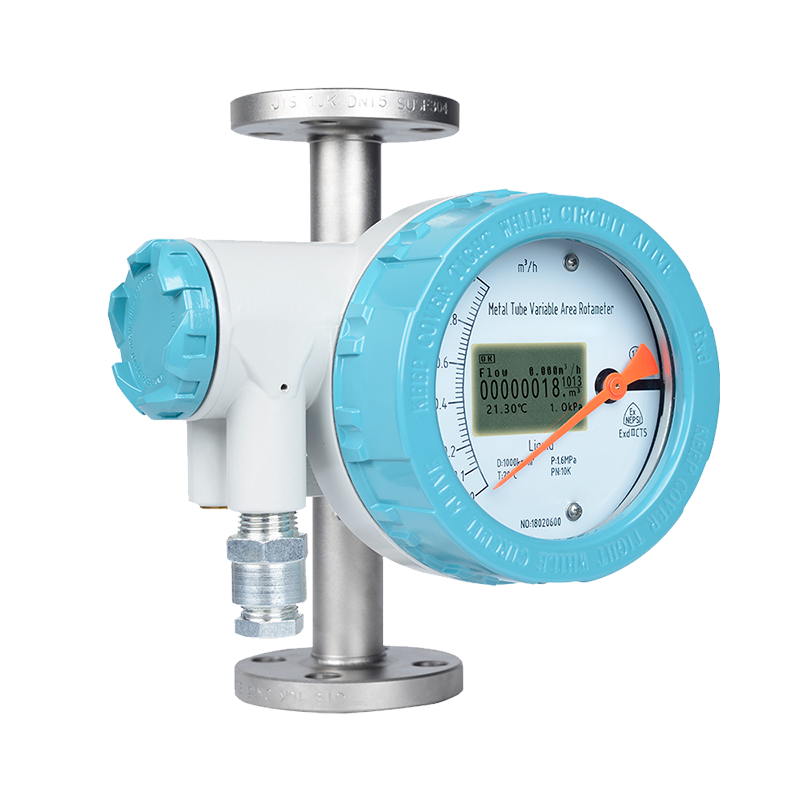
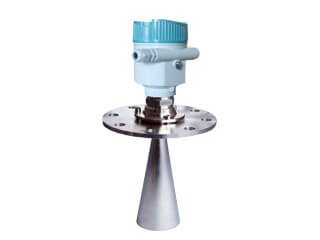
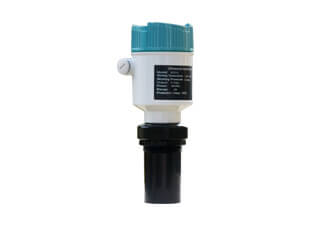
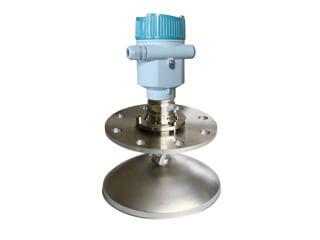
.jpg)
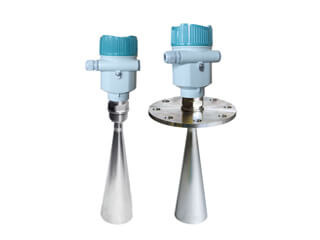
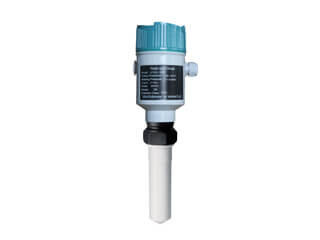
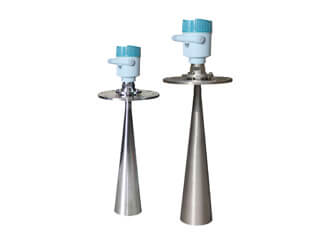
.jpg)
.jpg)
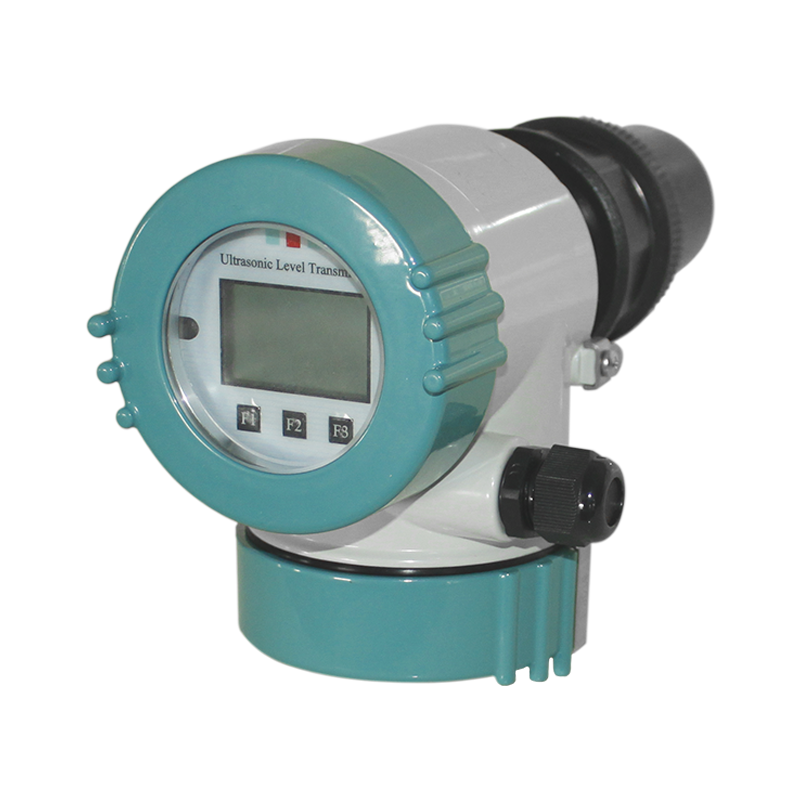
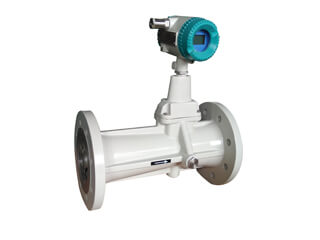
.jpg)
.png)
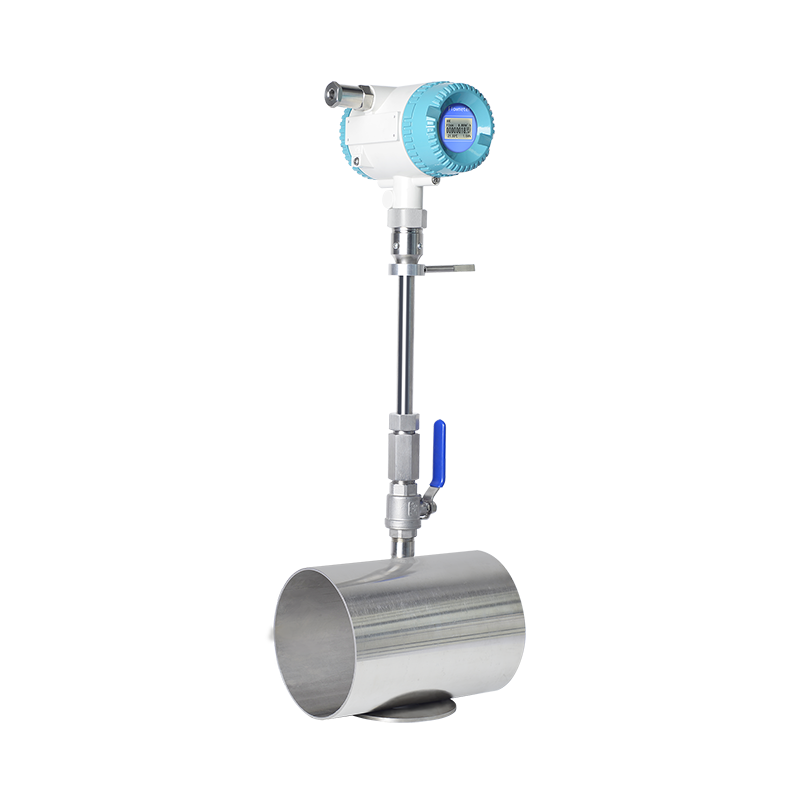
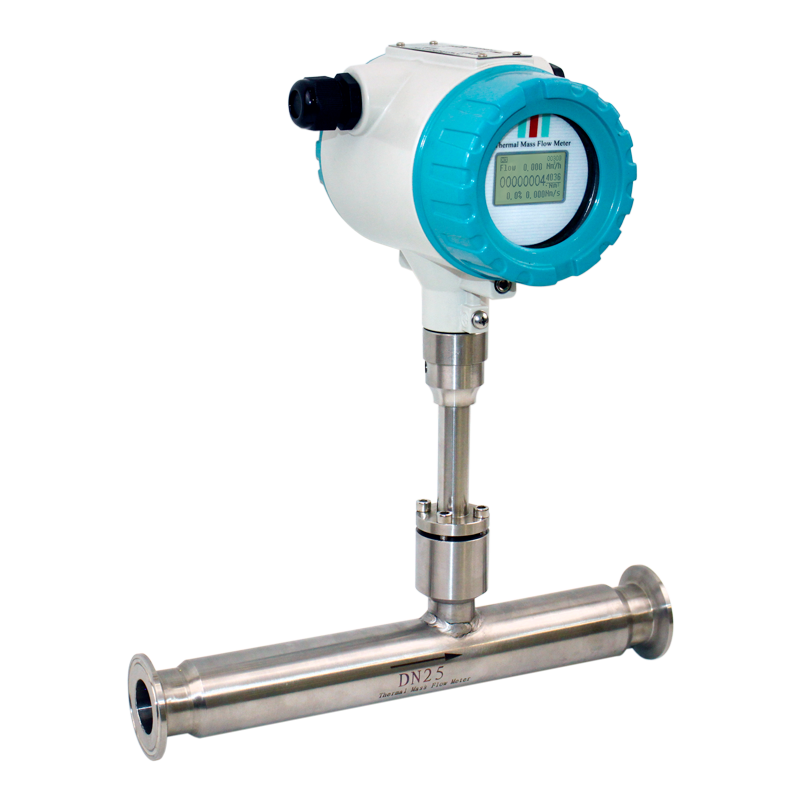
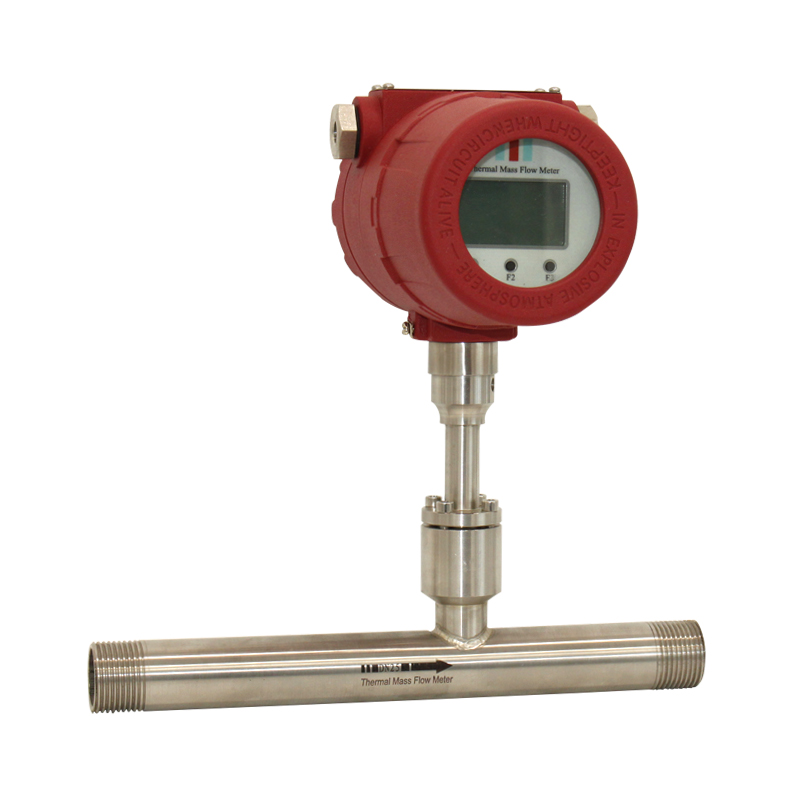
.jpg)
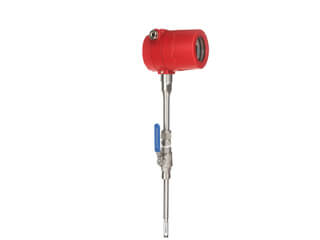
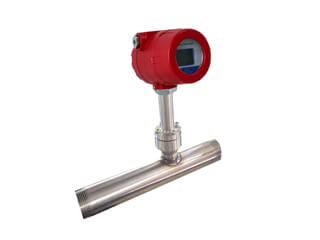
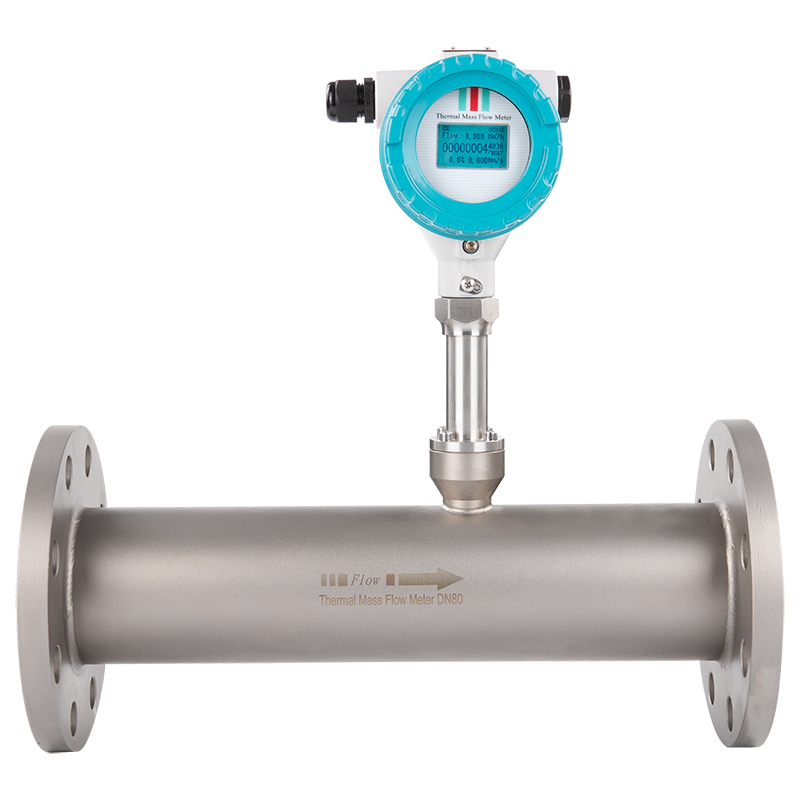
.png)
